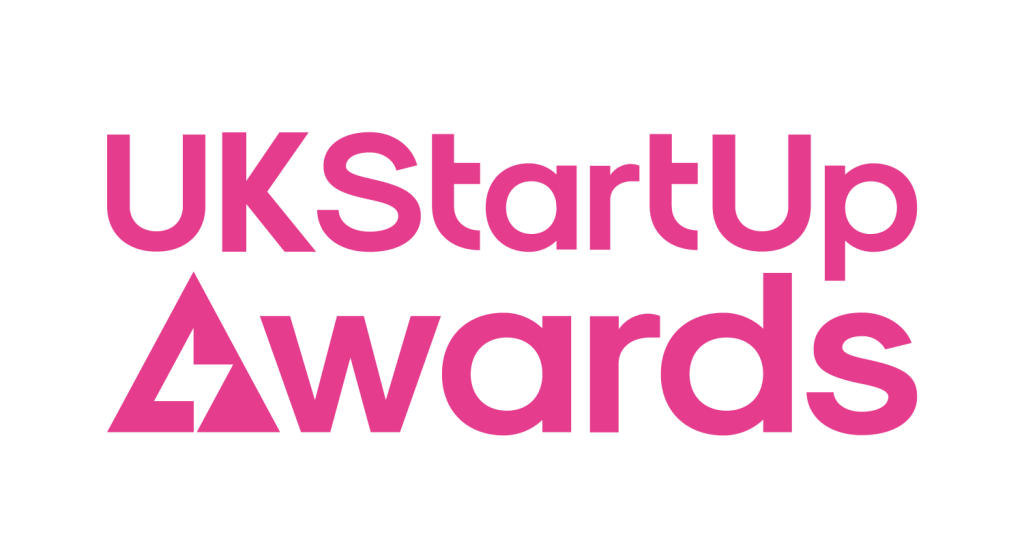Buying a new server can be quite an endeavour, especially if you run the IT for a small or medium sized business (SMB), or are responsible for multiple remote sites. If you’ve already begun your search, you know that many options exist above and beyond the traditional server. Cloud services are well established, and now hybrid IT, which delivers the benefits of both on-premises and cloud IT, is fast becoming the new norm.
So how do you evaluate your options and choose the best solution for your business – one that meets your needs today, can evolve with you, and hopefully won’t take an inordinate amount of time to manage and support? With these requirements in mind, here are 10 simple questions to consider when making your decision.
- What are your needs?
It’s tempting to buy a server to meet the one immediate need that you are facing right now. However, consider what else this server might need to support as your business develops. Will it be able to safely and cost-effectively run many additional applications and services?
- Can this server support easy access for all users, even those that are remote or on the road?
Meeting these needs is an easy way to make your business more efficient. Just make sure your new server has software that supports your remote access and single sign-on requirements. And it’s possible, that if you are buying a new server to sit alongside some older machines, the new addition may be able to provide these capabilities across all of your applications.
- Should you buy or lease?
Do you want to buy a server outright or lease it? How about paying for it as part of a managed service from a service provider? If reducing capital and operating expenditure is a concern, you also have the option of “IT-as-a-Service”. With this option, a server is kept on site, kept up to date remotely and paid for on a subscription basis. Your team is released from the day-to-day maintenance to focus on the more interesting aspects of their role that support business growth.
- Have you considered initial cost vs. ongoing costs?
The up-front cost of buying a server can be just the tip of the iceberg when it comes to the overall cost of getting it up and running, and then keeping it reliable, secure and up to date. While initial price is important, consider the full cost of maintaining and supporting the server over the course of its life. This includes costs associated with the time it takes to install applications, keeping it patched and up to date, and monitoring and fixing it.
- How will your server fit with planned future growth?
Scalability is key. You don’t want to pay for unused capacity from day one, but if your business has plans to grow or add new applications that use higher server loads, you must ensure that your system can be easily expanded to cope with these new requirements. Standardisation and simplification are crucial here, as companies with diverse IT infrastructures across sites will require time and effort to monitor, maintain and manage. Also, if you think you may use cloud applications or storage in the future, make sure that your new server is easily integrated with cloud providers.
- How long should your server last?
The recent end of support for Windows Server 2003 highlights the need for flexibility in a server. If this is a concern, your server choice might veer toward the as-a-service model, as it eliminates the end-of-life issue.
- Who will control, support and manage the server?
How much skilled IT resource do you have available on the site, and how much time and effort will be used in travelling to remote sites to support them? This should be a consideration, especially if IT expertise and available time are limited. Specifically, you must make a call as to how much control you must maintain in house, and how much management and support you can contract out.
- Are security and redundancy concerns?
Finding a solution that offers resilience and redundancy at the right cost and protecting your complete server real estate is a challenge. Make sure you know what security is included with your server and how it will be kept up to date. It may be that your current security arrangements can be extended to your new server. Conversely, buying a new server is a great opportunity to use it as a security gateway for all IT infrastructure. Also, some businesses cannot tolerate server downtime. In this case, consider running a parallel system to provide data redundancy.
- Do you want to back up your data on site or in the cloud?
Make sure that, with your new server, all backup and disaster recovery options are covered. For example, determine how often your data should be backed up, and identify the person responsible for doing so. Also, have in mind a recovery plan that will get your business back online quickly. Often, the right choice for these processes might be a system that provides all the business continuity functions automatically, without the need for operational support.
- Can hybrid IT benefit your organisation?
Hybrid IT is the approach adopted by most large enterprises, and is becoming common in small to medium organisations as well. With hybrid IT, you choose which data and applications you keep on your local server, and which you put in the cloud. This can give you the best of both worlds with the flexibility and cost-effectiveness of the cloud and the control and data sovereignty of on-site IT. Buying a new server is a great opportunity to move to hybrid IT, be ready for all the opportunities the cloud can offer and do it on your terms.
Such an important decision merits a good, long look at all your options. Whether you choose a traditional, on-premises server, one hosted in the cloud or a hybrid IT solution, buying a new server provides an opportunity to address current and future concerns that could lead to greater operational efficiency and even cost savings.
By Brian Buggy, Zynstra



























